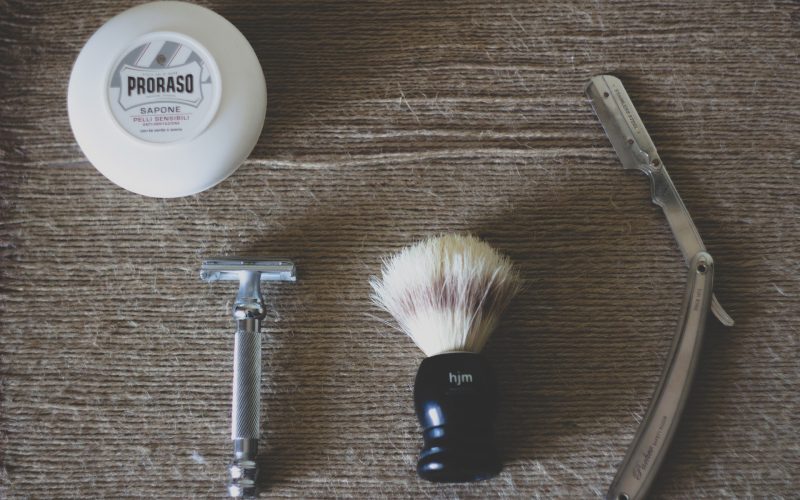I came across a campaign today which got me thinking: Get Hairy February. The goal of the campaign is to raise money to help eliminate violence against women. And the way to do it is to encourage women to stop shaving in the month of February (and to donate money). I’m intrigued, especially since I always like a good challenge and I don’t like shaving.
Challenge aside though, hair removal is a pain in my butt. I do it but I don’t enjoy it. And I know that it’s a cultural thing, even a generational one. I have yet to find a place in the Western world though where body hair is accepted.
And since body hair is stigmatized and women are encouraged or even shamed into shaving, I want to dive into the world of removing body hair. Don’t get me wrong, I still don’t approve of removing body hair but there is a part of me that wants to ‘fit in’. I’m not there yet and ‘Get Hairy February’ might have to wait for next year.
Shaving
The most used method of hair removal is by shaving. Shaving is mostly used for men’s faces and for women’s legs and underarms. There is wet shaving and dry shaving, with a razor or with a machine. And every person will have their personal preferences.
The problem with shaving is two-fold.
Number one is the potential for ingrown hair. In particular, if you couple shaved legs with tight pants, the chances of getting ingrown hair and/or ‘shaving pimples’ are high. Both are a result of the hair follicle being irritated by the shaving and in most cases also because too much skin was removed in the process. The rubbing of the skin through pants contributes putting pressure on the hair follicle which then pushes the hair sideways rather than upwards. And there is no easy way to avoid ingrown hair or shaving pimples, other than to stop shaving.
The second problem with shaving is that you will need new equipment, constantly. This shaving equipment, from razors to shaving cream and aftershave, costs money and contributes to our waste problem. One thing that gets me very annoyed is the advertising for razors for women, the ones with the little bars in front of the blades. Not only are these more expensive but they also last less long and produce more waste. I have long ago moved to a simple shaver for men with a reusable handle so I only need to exchange the blade. Another idea is to move completely zero waste and start using a manual folding razor blade, the kind used by barbers.
Waxing
The second most popular form of hair removal is waxing. This can be done at home or at a salon, hot or cold.
The advantage of waxing is that rather cutting the hair off, it’s removed with its root. This pulling of the hair means that it will grow back slower and often finer. However, it also hurts because not only are the hairs removed but also the top layer of dead skin cells. And for some people, this can result in rashes and red skin.
But that said, since there are different versions of waxing, it’s worth trying them all before giving up.
The good thing about waxing, other than what I mentioned above, is that it can be done quite ecological. There are reusable strips and eco-friendly waxes. If you wanted to try something completely waste-free, you can always try sugaring, a form of waxing.
Creams
The last hair removal method I want to talk about today is hair removal cream. These creams are sold without a prescription at drug stores and pharmacies, sometimes even at supermarkets. Their idea is to dissolve the hair at the shaft rather than cutting or pulling it out. Their active chemical is a Thioglycolic acid which breaks down the keratin in the hair (and the top layer of the skin) and thus allows the cream to dissolve the hair.
Now, hair removal creams do come with a warning in-build. If left for too long they can burn the skin. If used in the wrong body region it either doesn’t work properly or burn your skin.
I don’t want to talk you out of it if you’re set with hair removal cream but I do want you to consider this: hair removal creams are an expensive way of self-mutilation. They can cause severe skin reactions, even if used properly. And you have to repeat the treatment, just as you do with shaving. And they contain chemicals that are used to dissolve parts of your body.




